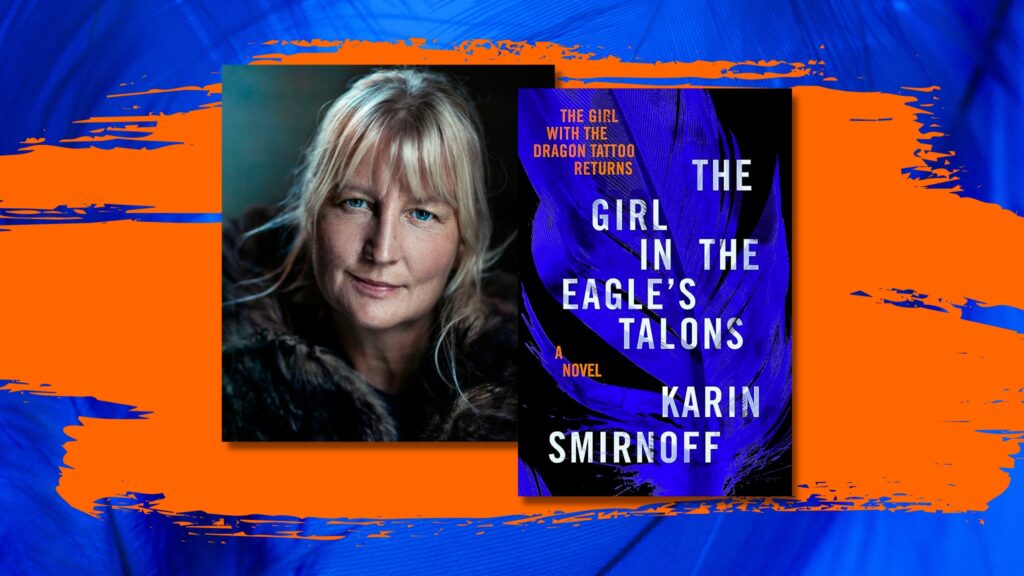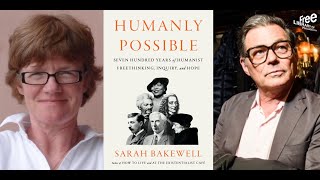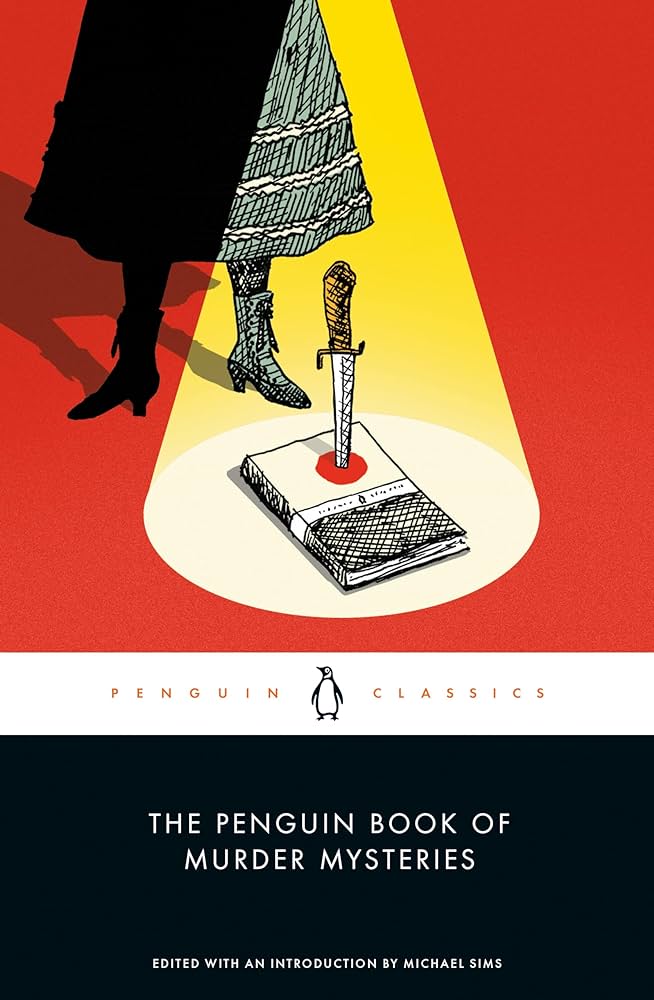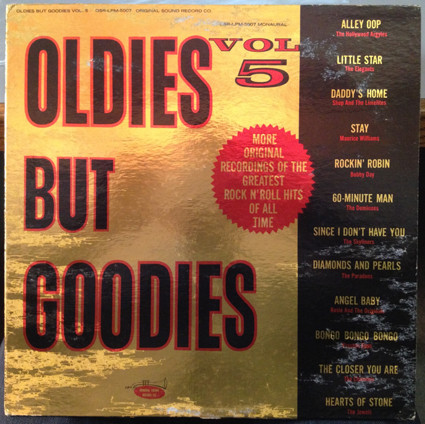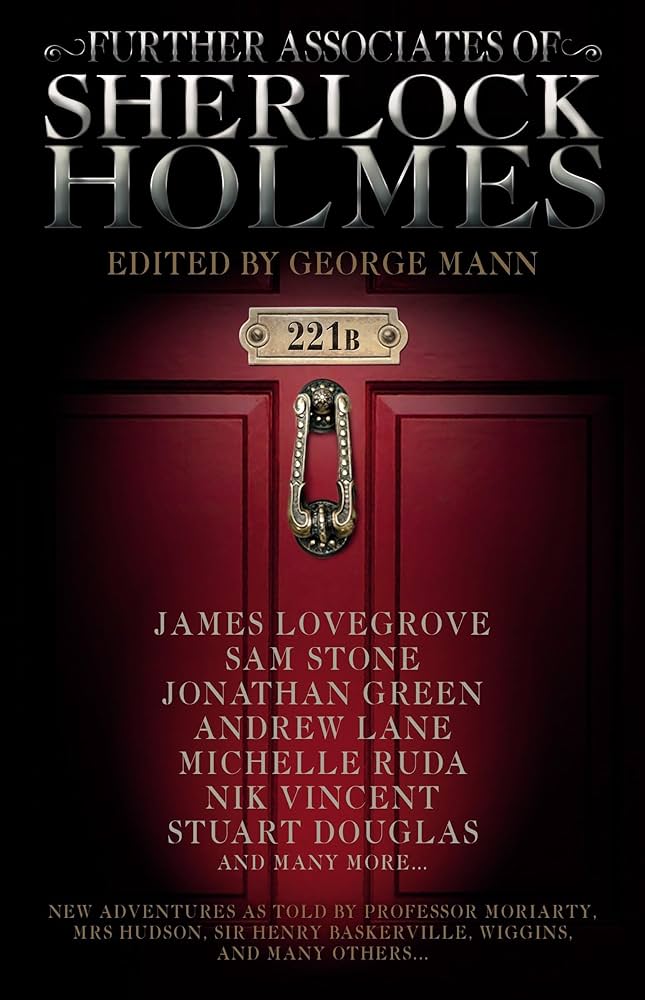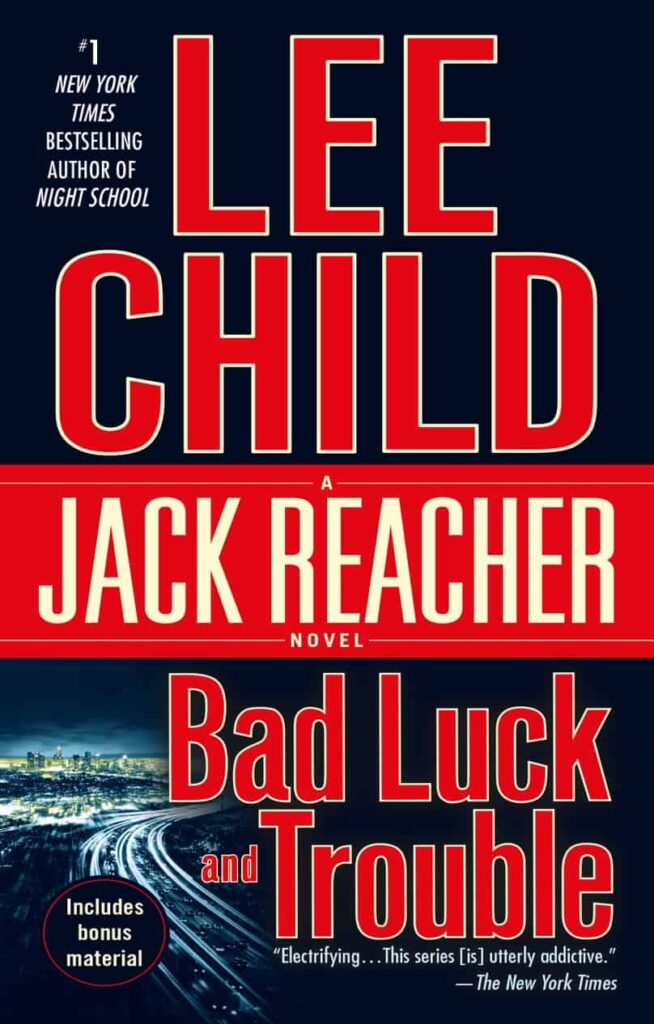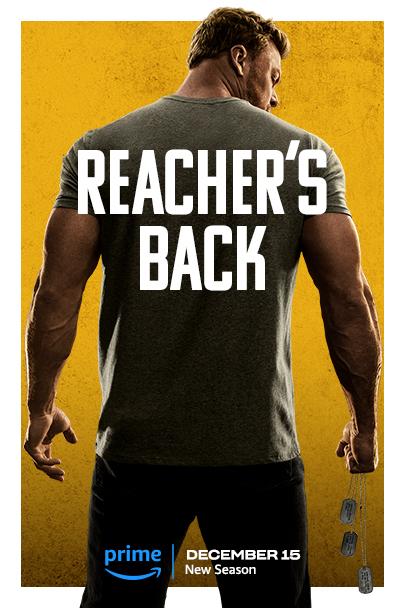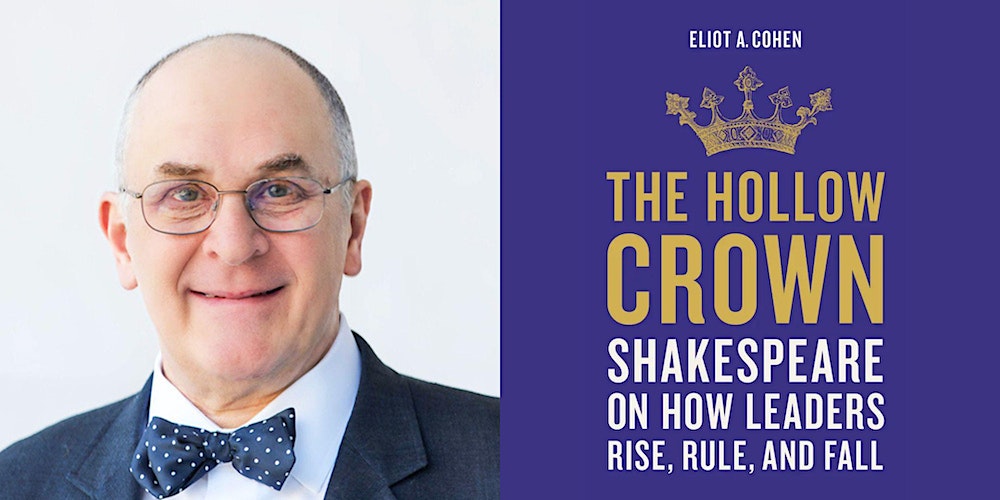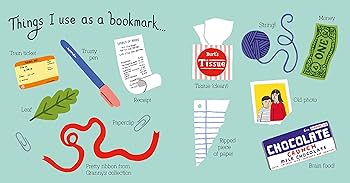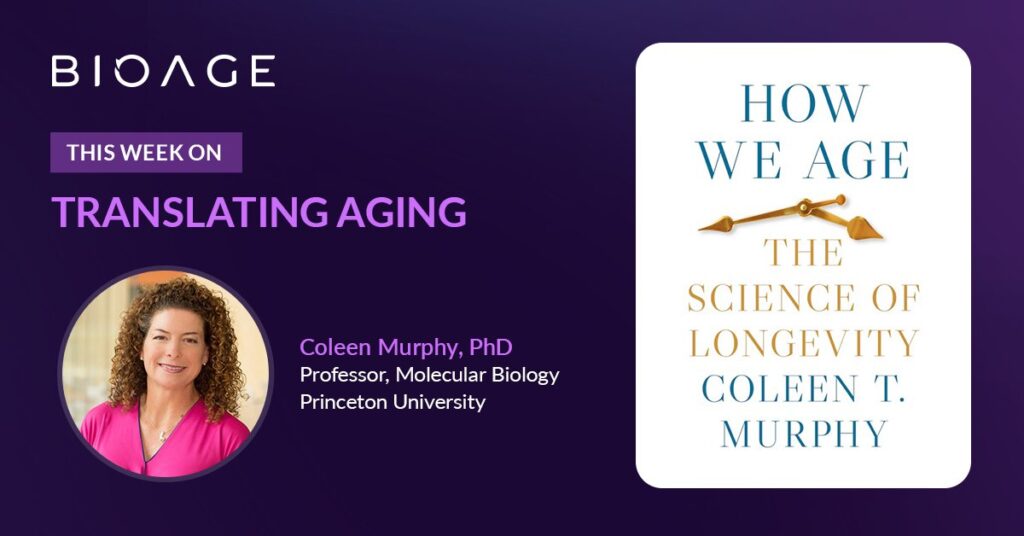
My favorite chapter in Colleen T. Murphy’s marvelous How We Age is Chapter 10: Dracula and Wolverine: How DNA Repair and Cell Replacement Can Help Us Live Long. Murphy discusses the latest research on DNA repair and Cell Replacement that may end up extending our lives and stalling the aging process.
I admit, Murphy sometimes gets deep in the research weeds with some of her descriptions of cutting-edge investigations into the mechanics of aging. But clearly, a lot of research dollars are funding all these exciting projects.
Most of my interest in How We Age centered around how can I affect the aging process so I can have better quality of Life in the years ahead. Murphy’s chapters on diet and longevity suggest some strategies. There’s also this: “…the widespread use of statins has already helped extend lifespans. One could make a similar argument for diabetes drugs, as metabolic disorders rise with age, and anti-diabetes treatments (like metformin) are some of the best candidates for systemic longevity drugs.” (p. 339-340) Bring on Trulicity, Wegovy, and Ozempic!
You can’t read How We Age without coming away with excitement because of the many new treatments and drugs being developed. If we can just hang in there a little longer, our lives can be a whole lot better! GRADE: A
TABLE OF CONTENTS:
Acknowledgments — ix
Abbreviations — xi
Introduction — 1
1. Ethics and Economics of Longevity: Is It Right to Study Aging? — 6
2. Why Do We Age? — 15
3. Studying the Genetics of Human Longevity: Centenarians and What We Can Learn from Them — 37
4. Long-Lived Species and Longevity Mutants of Model Organisms — 51
5. What Is Aging (and How Can We Measure It)? Biomarkers of Aging and “Quality of Life” Metrics — 71
6. Insulin Signaling, FOXO Targets, and the Regulation of Longevity and Reproduction — 87
7. Dietary Restriction: Nutrient and Genetic Regulation of Longevity and Reproduction 8. Taking out the Trash: Molecular Homeostasis in the Regulation of Longevity — 107
9. Powering Longevity: Mitochondria’s Role in Aging and Longevity — 152
10. Dracula and Wolverine: How DNA Repair and Cell Replacement Can Help Us Live Long — 173
11. Use It or Lose It: Reproductive Aging, the Germline, and Longevity — 193
12. Sex, Flies (and Worms), and Videotape: The Battle of the Sexes — 214
13. I See Dead Flies: Neurons and Sensory Regulation of Longevity — 237
14. Don’t You Forget about Me: What We Are Learning about Cognitive Aging and How to Slow It — 250
15. Lamarck’s Revenge? Transgenerational Inheritance, the “Molecular Clock,” and the Epigenetic Regulation of Longevity — 279
16. Gut Feelings: The Microbiome and Aging — 303
17. Long Life in a Pill? The Future of Longevity: From Bench to Biotech — 319
Notes — 349
Index — 417
